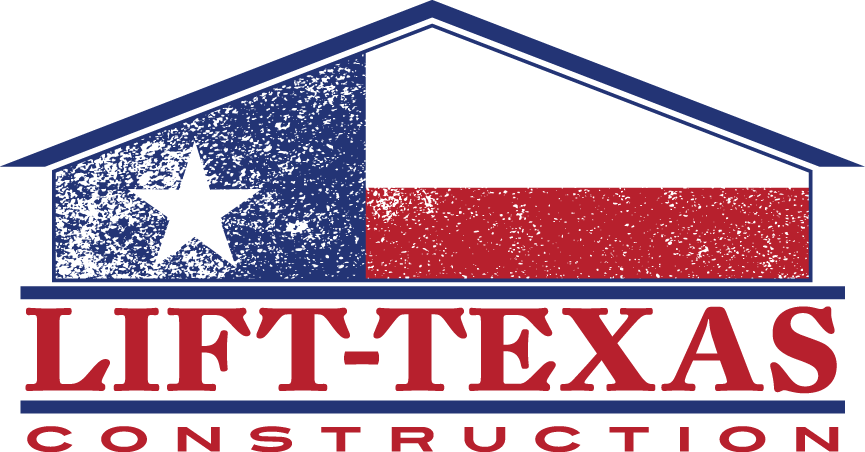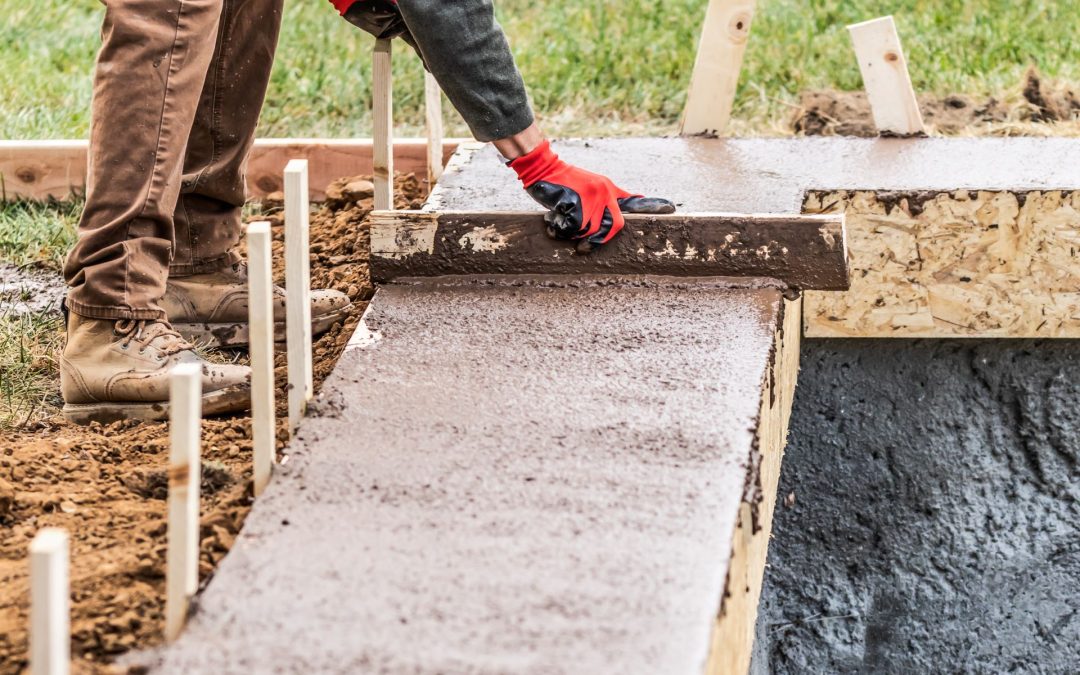Have you ever noticed sidewalks, driveways, or commercial floors beginning to tilt or crack? These are typical signs that the concrete is becoming uneven, a common issue that can lead to more serious problems if not addressed. Understanding why concrete shifts and sinks is the first step to managing and maintaining any property. Here at Lift-Texas Construction, we specialize in diagnosing and correcting uneven concrete to ensure safety and prolong the structure’s lifespan.
Concrete can become uneven for a variety of reasons, including soil shifting, water erosion, and improper installation. Such issues not only impact the aesthetics of your property but can also pose safety risks to vehicles and pedestrians. Recognizing the early signs of concrete depreciation is crucial in taking preventative measures. In this article, I’ll walk you through the essential knowledge needed to assess when concrete leveling is necessary, the key techniques used for effective leveling, and effective tips for maintaining level concrete. This insight will aid in making informed decisions to maintain the structural integrity and appearance of your property investments.
Understanding the Causes of Uneven Concrete
Uneven concrete is more than just an aesthetic problem—it can be a sign of underlying issues that need immediate attention. One of the primary causes is soil movement beneath the concrete. Soil can expand when it’s wet and shrink when it’s dry, leading to instability under the concrete slabs. This movement often results in uneven surfaces as sections of the concrete are pushed up or settled into voids left by contracted soil.
Another common factor contributing to uneven concrete is water erosion. Over time, water can wash away the soil under your concrete, creating gaps or voids. Without support, the concrete slabs above these voids can crack, sink, or create dangerous uneven surfaces. We also have to consider the impact of heavy loads. Frequent or heavy loads, more than the concrete was designed to bear, can cause cracking and settling. Tree roots growing under the concrete can also push up and break the surface as they expand.
Assessing Your Concrete: When Is Leveling Necessary?
Recognizing when to take action on uneven concrete is crucial for maintaining safety and prolonging the lifespan of your property. If you notice significant cracks or uneven sections where water pools, it might be time to consider leveling. These are not just hazards that can cause trips or falls; they can also lead to more severe damage if water seeps into the foundation.
Another indicator that concrete leveling may be necessary is if you observe doors or windows in your building sticking or not closing properly. This can be a sign that settling concrete is impacting the structure of your building. Additionally, any visible sinking or heaving of concrete slabs, especially in high-traffic areas, should be addressed immediately to ensure the safety and accessibility of the area.
By keeping an eye on these signs and assessing the condition of your concrete regularly, we can take proactive steps to correct issues before they become major problems. Timely intervention with concrete leveling can save significant repair costs and disruption down the line.
Key Techniques for Concrete Leveling
When tackling uneven concrete, our approach includes several effective techniques designed to restore level surfaces and structural integrity. One common method is slabjacking, also known as mudjacking. This process involves drilling holes into the sunken concrete and pumping a slurry mixture under the slab to raise it back to its original position. This technique is not only cost-effective but also minimally invasive compared to other methods.
Another innovative technique is using polyurethane foam injections. This method involves injecting a high-density foam under the concrete slab. The foam expands quickly, lifting the concrete to the desired level. The advantages of this technique include a lighter material weight than the slurry used in mudjacking, less disruption to the surrounding area, and a faster curing time, enabling the area to be used almost immediately after repairs.
Maintaining Your Level Concrete: Tips and Best Practices
Routine maintenance is essential to ensure your concrete remains level and in good condition. Regularly inspecting your concrete for signs of wear or damage can help catch issues before they escalate. Keep the area clean and free of debris to prevent undue stress on the concrete. Additionally, proper drainage is crucial. Ensure that water is directed away from concrete surfaces to prevent erosion and uneven settling.
Sealing the concrete is also an important step in maintenance. Sealers can protect against water penetration, stains, and surface wear. It’s recommended to apply a high-quality concrete sealer every few years, depending on the exposure and traffic. These preventive measures will not only extend the lifespan of your concrete but also maintain its appearance and functionality.
As we continue to serve communities with top-tier concrete leveling solutions, Lift-Texas Construction remains dedicated to providing the expertise and services needed to manage all your concrete repair and maintenance requirements.
If your commercial or residential property needs skilled attention to restore and maintain concrete surfaces, reach out to Lift-Texas Construction today. We’re here to lift your projects to a whole new level of excellence, ensuring safety and quality with every job.

